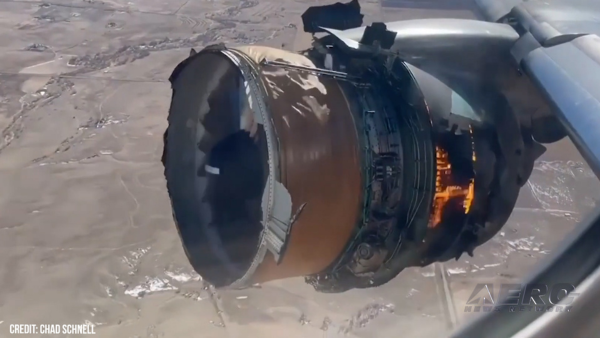Airplane Struck Several Trees And Came To Rest In A Heavily Wooded Area
Location: Purcellville, VA Accident Number: ERA21FA148
Date & Time: March 4, 2021, 15:10 Local Registration: N67013
Aircraft: Beech C23 Injuries: 1 Fatal
Flight Conducted Under: Part 91: General aviation - Personal

On March 4, 2021, about 1510 eastern standard time, a Beech C-23, N67013, was substantially damaged when it was involved in an accident near Purcellville, Virginia. The private pilot was fatally injured. The airplane was operated as a Title 14 Code of Federal Regulations Part 91 personal flight.
According to a witness, she heard the airplane take off from runway 19 at Krens Farm Airport (14VA), Hillsboro, Virginia, and looked back to watch it depart. When she saw the airplane, it was “tilted to the left” as it descended into the trees. She heard the engine the entire time and stated that it made “traditional engine noises.” In addition, she noted that relative to the airplane’s takeoff direction, a tailwind prevailed at the time of the accident.
The airplane struck several trees and came to rest in a heavily wooded area about 600 ft from the departure end of runway 19 at an elevation of about 690 ft mean sea level. There was no post impact fire and an odor of 100LL aviation fuel was noted at the site. All major components of the airplane were located in the vicinity of the main wreckage.
The left wing was impact-separated at the wing root and located about 40 ft prior to the main wreckage. The outboard approximate 5 ft leading edge of the left wing was impact-damaged and crushed aft. The rudder was impact separated from the vertical stabilizer and the vertical stabilizer was impact-separated from the empennage and located about 20 ft prior to the main wreckage. The leading edge of the vertical stabilizer exhibited impact damage. The horizontal stabilator remained attached to the empennage. The right wing was impact-separated and remained attached to the fuselage through cables. Flight control continuity was established to all flight control surfaces from the flight controls in the cockpit.
The engine was removed from the airframe for further examination. Crankshaft and valvetrain continuity were confirmed by rotating the propeller hub by hand. Thumb compression and suction were observed on all cylinders. The spark plugs were removed and examined. The Nos. 2 and 4 spark plugs were oil soaked. All other spark plugs were light gray in color and in new condition. Spark was observed on all towers of the left and right magneto when the input shaft was rotated. There were no anomalies noted with the engine that would have precluded normal operation prior to the accident.
The fixed-pitch propeller remained attached to the engine. Both propeller blades remained attached to the propeller hub. One blade was bent aft about 45° and exhibited leading edge gouging and chordwise scratching. The other propeller blade was bent slightly aft and exhibited chordwise scratching, leading edge gouging, and tip tearing. The 1455 recorded weather observation at Leesburg Executive Airport (JYO), Leesburg, Virginia, located about 13 miles southeast of the accident location, included wind from 310° at 24 knots gusting to 29 knots.
14VA was located 2 miles northwest of Hillsboro, Virginia. It had one runway designated as 01/19, which was 1,900 ft-long by 50 ft-wide. The elevation at the approach end of runway 19 was 749 ft. The highest point on the runway was 756 ft, 400 ft from the runway threshold. The elevation at the departure end of runway 19 was 690 ft. The airport was equipped with two windsocks: one about 500 ft from the departure end of runway 19 and one past the departure end of runway 19.
 Airborne 08.29.25: G800 Delivery, Alaska F-35 Crash, USCG-RCAF Medevac
Airborne 08.29.25: G800 Delivery, Alaska F-35 Crash, USCG-RCAF Medevac Aero-News: Quote of the Day (08.30.25)
Aero-News: Quote of the Day (08.30.25) ANN's Daily Aero-Term (08.30.25): Low Approach
ANN's Daily Aero-Term (08.30.25): Low Approach ANN's Daily Aero-Linx (08.30.25)
ANN's Daily Aero-Linx (08.30.25) NTSB Final Report: Excalibur Excalibur
NTSB Final Report: Excalibur Excalibur



